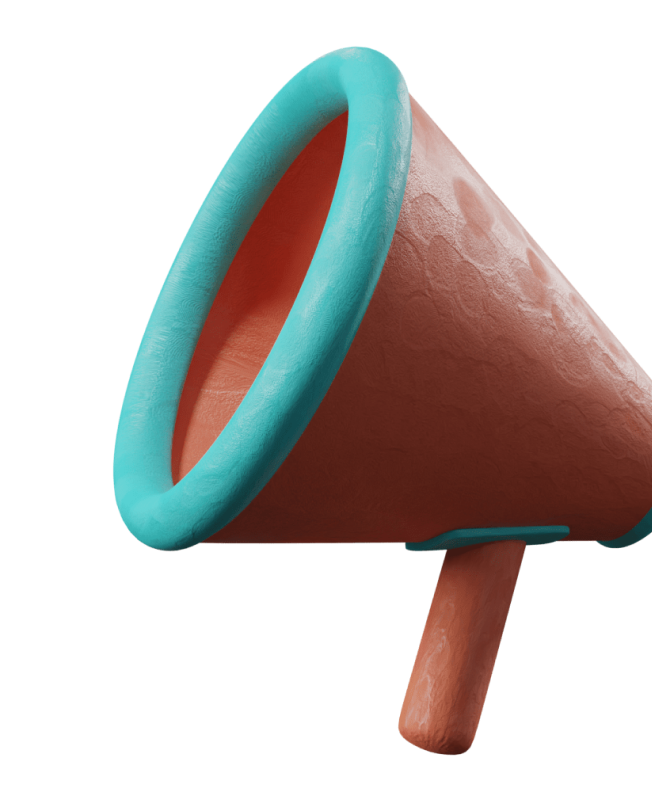
by Google
Swearing in YouTube videos. What about them? If I swear in a video, does that mean I have a one-way ticket to the yellow dollar? It doesn't have to be that way. YouTube is trying to offer advertisers a safe space for their advertising, which is why we often see stricter rules, but this time YouTube has come out with a relaxation and clarification of the regulations for the use of swearing in videos. What does this mean for creators? Let's take a look.
The most important thing for a creator is that their videos comply with the Community Guidelines, which determine what is and is not allowed on YouTube. In the case of swearing, these rules state:
“If profanity or vulgarity is frequently used throughout a video, the content may not be suitable for advertising. For isolated instances of profanity (such as in music videos), the video may not necessarily be unsuitable for advertising.”
This interpretation is largely general and there is no clear line of demarcation as to when and what swearing can be used in a video. YouTube has therefore expanded its Advertiser-Friendly Content Guidelines with new, more detailed information to help us better define this line. But before we explain them, it is necessary to understand how YouTube evaluates swearing in a video and its suitability for monetization.
TITLE, THUMBNAILS AND AMOUNT OF Swearing ARE KEY
YouTube checks the entire video from the title to the closing greeting, and swearing can very quickly affect the monetization of your video. The platform itself recommends that you avoid swearing in the title and thumbnail. Regarding the content of the video, YouTube divides swearing into 3 categories:

1. MILD VULGARISMS
Mild vulgarisms include words like “dopekla” or “docerta” in English, for example “hell” and “damn”. These swear words can be used in an unlimited amount in a video and will not affect the monetization of the video in any way.
2. MEDIUM-GRADE VULGARISMS
This category includes swear words that are commonly censored on radio or television, such as “čo ti jee” or in English “what the fck”. Using these swear words increases the risk of demonetization of the YouTube video. In this case, it is important how and how often the swear words are used in the video. First of all, swear words must not discriminate or denigrate any minorities, religion or sexual orientation in any way, and secondly, they should not be used too often.
3. ROUGH VULGARISMS AND HATE SPEECH
The last category includes expressive words like “kkot” or in English “fck”, which are intended to insult or humiliate someone. If your video contains similar vulgarities with the purpose of discriminating or defaming an individual or group of people, your video will definitely be demonetized.
GREEN DOLLAR VS YELLOW DOLLAR
Once you upload your video to YouTube Studio, your video will go through a review, which may result in, for example, a green or yellow dollar. You get a green dollar if your video doesn't violate any community guidelines or copyrights and is suitable for all advertisers. On the other hand, a yellow dollar indicates that your video isn't suitable for all advertisers and parties paying for advertising can decide whether to place it in your video or not. A yellow dollar means limited or no ads for you. So what's allowed and what's not? We've broken it down for you.

1. GREEN DOLLAR
YouTube considers mild profanity to be completely fine, so you can:
- use mild profanity throughout the video without restrictions, even in the title and thumbnail.
- use censored profanity (beeping, muting, covering your mouth with an image). But more than beeping, we recommend changing it to a completely different sound, e.g. a car starting up, a dog barking, as YouTube perceives too many beeped sections as a video for potential demonetization.
– use shortened profanities (WTF, JBMNT).
2. GREEN/YELLOW DOLLAR
In the case of medium-coarse and coarse profanities,the context is important and how often the swearing occurs in the video. You can get a yellow dollar if your video:
– if you often use medium-coarse and coarse profanities (e.g. in every sentence) even if they are poorly written, e.g. "This is good shit!".
However, if you use a minimum of medium-coarse or coarse profanities, or always censor them, e.g. by beeping, your video should be monetized without restrictions.
3. YELLOW DOLLAR
In this case, not only will your video definitely be demonetized, but YouTube itself recommends that you turn off ads for videos in which:
extreme profanity is used in the title, thumbnail, or during the video, such as fuch, kot, b*ss or other hateful insults.
crude or extreme profanity occurs, even if it is misspelled, such as "dpče!".
The most significant change brought about by the policy update is that creators can use swear words like "shit" or "bitch" even at the beginning of the video without the threat of demonetization. In the past, it was very important that there were no profanities in the first 30 seconds, which was especially the case for gaming channels, which regularly received a yellow dollar due to this rule and their profits from videos were several times lower.

To simplify the content of the article for you, we decided to prepare a simple summary in 3 tips for you at the end:
1. Completely avoid using coarse profanity in videos.
2. When using moderately coarse profanity, be careful how often you say it, try to avoid swearing in every other sentence.
3. If you use a lot of profanity and cannot limit it when speaking, censor it.
We believe that this topic is a little clearer to you and that if you use all the tips, your videos will be monetized without any problems. We keep our fingers crossed for you in creating new videos and if necessary, do not hesitate to contact us.






